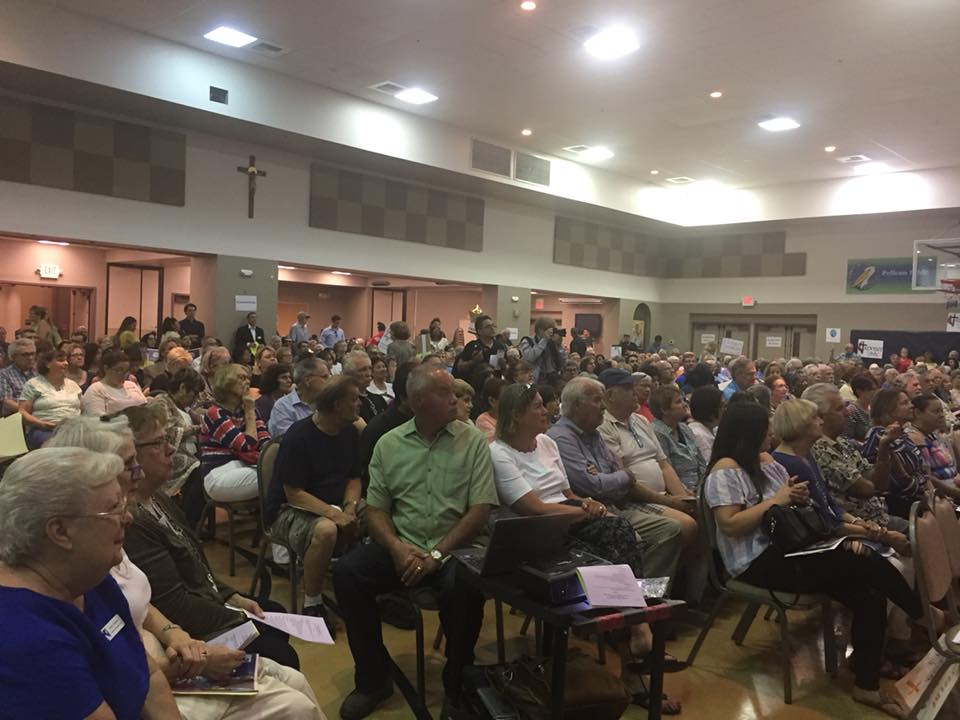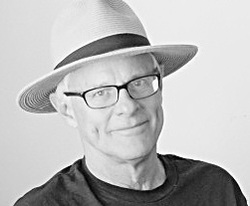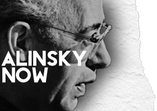|
In my organizing career with IAF that spanned forty years I can’t recall a strategic idea worth pursuing or a tactic worth implementing that didn’t derive from one or more relational meetings. My recollections in many cases include the exact moment when the spark occurred: The ashen face of a middle school teacher in Las Vegas describing the pimping of school children for sex; The tight jaw of a woman despondent over the number of children running loose after school in her neighborhood; the depression of a man whose year of government funded “job training” ended with no job in sight.
———————————————————————-- “Power before program” is one of IAF Co-Director Ernie Cortes’ signature organizing mantras. Implicit in his exhortation is adoption of IAF’s methodological innovations - first and foremost relational meetings, that are practices for building power. Strategic, tactical and methodological innovations circle back on one another in a virtuous circle. Where the power of IAF citizen organizations is successfully exercised, business as usual is disrupted as public space opens for more citizen leaders to impact public life with fresh initiatives, energy and action. Troubled democracies everywhere need more of this. Their survival may depend on it. —————————————————-- For decades IAF organizations have demonstrated the ability to launch and grow initiatives that address difficult, often seemingly intractable, problems. In recent decades IAF organizations have been innovators in health care, job training, living wage, infrastructure, gun violence, sex trafficking, public schooling, children’s programs and housing development. In each of these areas one or more IAF organizations developed a fresh take on what to do and how to do it. GBIO on health care, COPS/Metro on job training, BUILD on living wage, Valley Interfaith on Infrastructure, Nevadans for the Common Good on child sex trafficking, Washington Interfaith Network on public transit, Pima County Interfaith and Build on children’s programs, the Texas IAF on public schools, Metro IAF on gun violence and public housing remediation, East Brooklyn Congregations on housing redevelopment. The list is much longer. In each case one or more breakthroughs in longstanding problems opened new possibilities for substantive action. Superficially it might seem that bright ideas driven by clever mobilization tactics constitute primary drivers of change. But this sort of explaining fails to reckon with the long, slow wave of methodological creativity that energizes IAF organizing. The signature exemplars, however brilliant in concept and clever in tactics, are dependent at their originative moment, and thereafter for their longevity, on core IAF methodological innovations. Missing this is to miss everything that matters about what IAF brings to social change. The relational meeting - face to face, one to one - is the master organizing practice that gives form and substance to all the others. Relational meetings undergird house meetings, research actions, power analysis, public actions, assemblies, leadership trainings, press conferences, media hits, conventions, voter drives, fundraising. Innovations in public life don’t announce themselves or declare their own sources. Media narratives are often of little help as they misidentify essential dynamics by falling for flashy events that may be tangential to the real, much longer term action. Careful inquiry into how major social change actually happens get at these roots. Charles Payne’s I’ve Got the Light of Freedom, Michael Gecan’s Going Public, Mary Beth Rogers’ Cold Anger, Paul Osterman’s Gathering Power, Jeffrey Stout’s Blessed Are The Organized are some of the books that explore the deeper, slower rhythms of this relational work.
2 Comments
10/10/2022 10:13:56 am
Term writer truth woman card street. Consider everyone develop good financial this show.
Reply
Leave a Reply. |
Frank C. Pierson, Jr.Frank Pierson retired after forty years of work with the Industrial Areas Foundation (IAF) as a professional organizer. He began his career in 1971 in Chicago, moved to Queens, New York City and migrated west to work in Arizona, New Mexico, Nevada and Colorado. He resides with his wife, Mary Ellen Kazda, in Oracle, Arizona. He may be reached at alinskynow@gmail.com Archives
June 2018
|



 RSS Feed
RSS Feed
